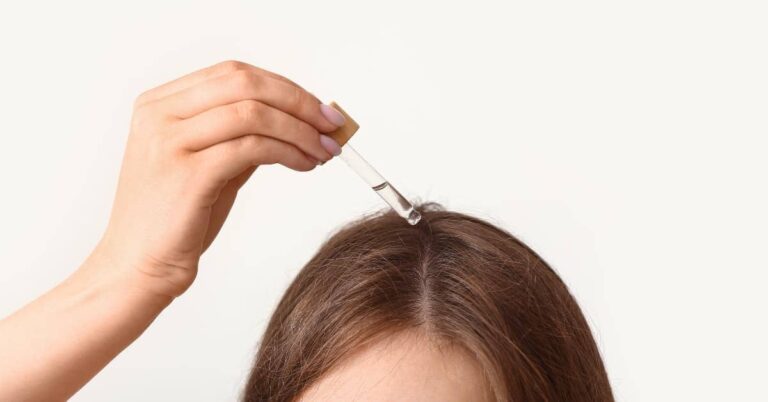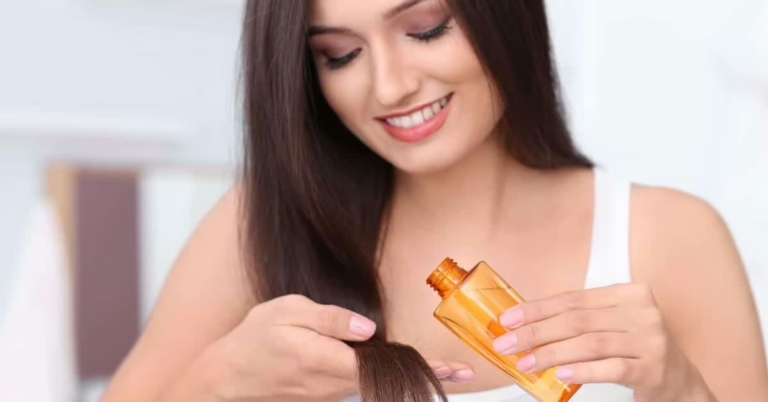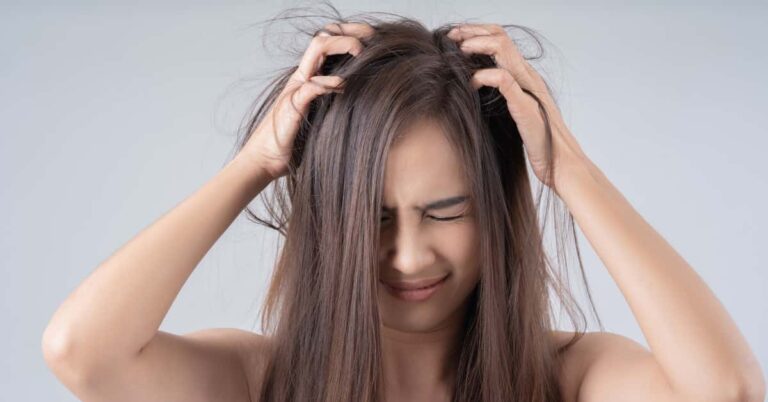8 Hair Dye Beliefs Experts Say Are Completely False
Hair dye is a popular way to reinvent your look, but over time, countless myths have clouded our judgment about its safety and effectiveness. In this article, you’ll discover the truth behind eight common hair dye myths with expert-backed insights. By debunking these misconceptions, you’ll be empowered to make informed decisions about your hair care, ensuring that your style remains vibrant while your hair stays healthy.
Have you ever hesitated before dyeing your hair because you feared it might ruin your locks forever? You’re not alone. Many people share concerns based on myths passed down through generations or repeated by popular media. In today’s fast-paced world—especially for busy professionals and young adults in India—it’s crucial to separate fact from fiction. This article is designed specifically for you. We’re here to bust those outdated beliefs and help you understand how modern hair dye technology, backed by expert research, can be both safe and effective.
We’ll break down each myth in simple terms, providing practical advice and scientific insights along the way. Whether you’re considering a bold change or just curious about the latest trends in hair care, our friendly, step-by-step guide will help you navigate the complex world of hair dye. You’ll learn about the science behind hair coloring, how to maintain your hair’s health, and which practices to avoid. Let’s embark on this myth-busting journey together so you can confidently choose the best options for your hair without falling prey to old wives’ tales. Get ready to transform not only your hair care routine but also your understanding of what it means to take care of your hair in a natural and informed way.
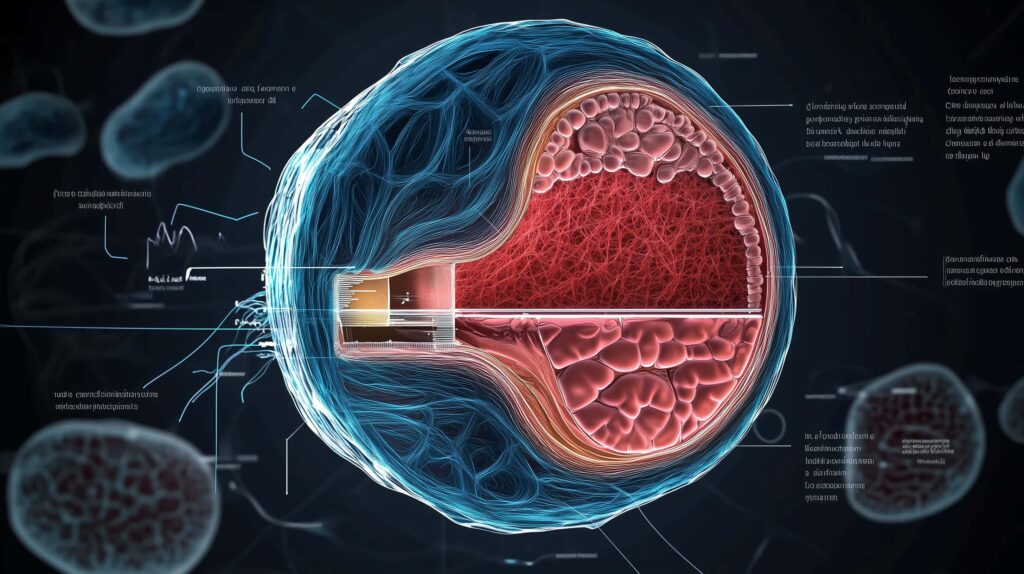
Understanding Hair Dye: Facts vs. Fiction
Before diving into the myths, it’s important to understand how hair dye actually works. Hair dye involves a chemical process that alters the natural pigment of your hair. Modern formulations are designed with your hair’s health in mind, blending both science and nature to achieve vibrant colors with minimal damage.
The process usually starts with a developer that opens the hair cuticle, allowing the dye molecules to penetrate the cortex. These molecules then bond with the hair proteins, which results in a new, lasting color. With advancements in cosmetic science, manufacturers now use gentler formulas that reduce the harsh effects once commonly associated with hair dyeing.
In addition, many products today incorporate natural ingredients like plant extracts and oils, which help condition and protect the hair during the dyeing process. While these scientific facts might sound complex, think of it as a carefully orchestrated process—much like preparing a nutritious meal for your body. Each ingredient has its role in not only delivering the desired color but also in preserving your hair’s strength and shine.
Despite these improvements, misconceptions still linger. Some myths suggest that any exposure to chemical dyes automatically results in permanent damage. However, when applied correctly and maintained with proper care, dyeing your hair can be a safe, reversible way to change your look. In the following sections, we’ll debunk eight of the most common hair dye myths, backed by scientific studies and expert opinions, so you know exactly what’s true and what’s just a rumor.
The 8 Hair Dye Myths Debunked
Debunking these myths is crucial for anyone looking to maintain healthy, vibrant hair without falling for common misconceptions. Let’s examine each myth in detail and provide you with clear, actionable insights.
Hair Dye Ruins Your Hair Forever
Many believe that once you dye your hair, it’s doomed to become dry, brittle, and lifeless. However, this myth exaggerates the effects of modern hair dyes. Today’s products are formulated to minimize damage through the use of conditioning agents and less aggressive chemicals. When you follow proper dyeing techniques—such as doing a patch test, using quality products, and adhering to aftercare routines—the risk of permanent damage is significantly reduced. Experts agree that occasional dyeing, coupled with good hair care practices like deep conditioning and regular trims, will not ruin your hair. Instead, embracing the right products can actually keep your hair healthy and vibrant over the long term. Remember, it’s not the dye itself but the way you use and care for it that determines your hair’s overall health.

Natural Dyes Are Always Safer
The term “natural” can be misleading when it comes to hair dye. While natural dyes derived from henna or indigo may seem inherently safe, they are not without their own limitations and potential drawbacks. Natural dyes often provide less predictable results and may not cover gray hair effectively. Moreover, “natural” does not necessarily equate to hypoallergenic for everyone. Some people may experience allergic reactions even with plant-based dyes. The key is to understand that both natural and synthetic dyes have their pros and cons. What matters most is the formulation, the quality of the ingredients, and proper application techniques. If you’re seeking a safe option, look for products that are dermatologically tested and specifically designed to minimize irritation, rather than assuming that natural automatically means better. Educating yourself on the ingredients and their effects can help you choose the product that’s truly best for your hair type and needs.
Dyeing Accelerates Hair Graying
There is a common misconception that the chemicals in hair dye can speed up the graying process. In reality, graying is primarily driven by genetics and age. Hair dye simply masks the gray; it does not affect the natural process of pigment loss in hair follicles. Scientific research shows that properly formulated dyes do not interfere with the biological mechanisms that control hair color. The stress from repeated chemical exposure is minimal when the dyeing process is done correctly. Regular hair care routines and balanced nutrition play a much more significant role in hair health than the occasional dye job. So, if you’re worried about premature graying, focus on overall hair wellness rather than avoiding hair dye altogether. Trust expert advice and choose products that are designed with your hair’s long-term health in mind.
Frequent Dyeing Damages the Scalp
Another prevalent myth is that frequent hair dyeing inevitably leads to scalp damage. In truth, the scalp is a resilient organ that can handle occasional chemical exposure if the process is done properly. Problems typically arise not from the dye itself, but from improper application or neglecting aftercare. Allergic reactions or irritation may occur if you use low-quality products or fail to perform a patch test before dyeing. To protect your scalp, always follow the instructions provided with the dye, opt for professional services when possible, and consider products with added moisturizers and soothing ingredients. If you experience discomfort, consult a dermatologist for personalized advice. By taking these precautions, you can enjoy regular hair dyeing without compromising the health of your scalp. It’s all about using the right techniques and products tailored to your individual skin sensitivity.
At-Home Kits Deliver Professional Results
At-home hair dye kits are widely popular due to their convenience and cost-effectiveness. However, expecting them to deliver the same level of precision and quality as a professional salon service is unrealistic. While many at-home kits work well for simple color changes, they often lack the customization that a professional stylist can offer. Issues like uneven color distribution or unexpected tones can arise when you don’t have the experience or proper tools to manage the process. Professionals are trained to assess your hair’s condition and tailor the dyeing process accordingly. They can adjust the formulation and technique to suit your unique hair type and desired outcome. For a truly flawless result, especially for drastic color changes or covering stubborn gray, it may be worth investing in a professional service. That said, if you’re comfortable with some trial and error, at-home kits can be a good option for minor adjustments.

All Hair Dyes Are Chemical-Heavy
The perception that all hair dyes are loaded with harmful chemicals is a broad generalization that doesn’t hold true for modern formulations. Advances in cosmetic chemistry have led to the development of gentler formulas that incorporate nourishing ingredients alongside colorants. Many contemporary hair dyes include conditioning agents, natural extracts, and vitamins designed to protect your hair while delivering vibrant color. Of course, it’s essential to read labels and choose products from reputable brands that prioritize both effectiveness and hair health. Not every chemical is inherently bad—what matters is the concentration and the overall formulation. When used as directed, many dyes can enhance your hair’s appearance without causing significant harm. Therefore, instead of avoiding hair dye altogether, focus on selecting products that have been dermatologically tested and recommended by experts. This approach helps you strike the perfect balance between bold style and healthy hair care.
Color Fading Means Hair Damage
Seeing your vibrant hair color fade over time might worry you, but color fading is not synonymous with hair damage. In fact, fading is a natural part of the hair dyeing process. Exposure to environmental factors like sunlight, chlorine, and hard water, as well as regular washing, gradually diminishes the intensity of the color. This process does not necessarily mean your hair is being harmed; rather, it indicates that the color is simply wearing off. To slow down the fading process and keep your color vibrant, you can use color-protecting shampoos, conditioners, and styling products. Additionally, reducing heat styling and avoiding excessive sun exposure can help maintain the color’s longevity. Understanding this natural process will help you set realistic expectations and adopt a maintenance routine that preserves both the color and the health of your hair.
You Can’t Reverse Hair Dye Effects
A common fear is that once your hair is dyed, you’re stuck with that color forever. Fortunately, this is not the case. With modern hair care techniques and a range of corrective products, you can adjust, fade, or even completely reverse hair dye effects over time. Professional color correction services can help restore your hair’s natural shade or transition to a new one safely. At home, you can also use specific shampoos and treatments designed to gently remove excess dye without damaging your hair. This myth often stems from outdated practices and poor-quality products. Today, with the advancements in hair care technology and professional expertise, you have plenty of options to manage and change your hair color if you’re not completely satisfied. Empower yourself with the knowledge that hair dye is not an irreversible commitment—options for change and correction are readily available.
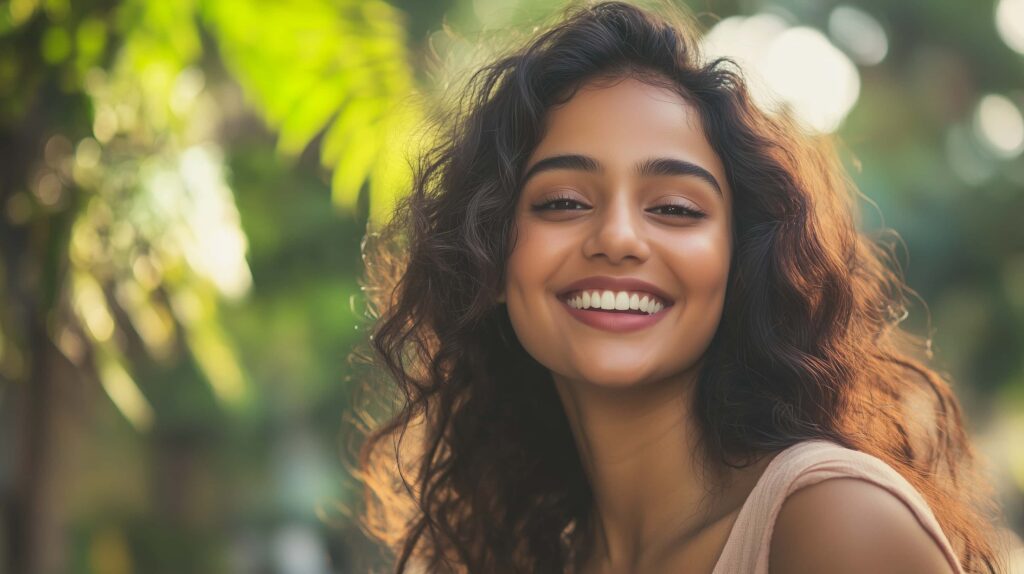
Expert Tips for Safe & Healthy Hair Dyeing
Now that you know the truth behind these common myths, here are some expert tips to ensure your hair dyeing experience is both safe and satisfying. First, always perform a patch test before using any new product. This simple step can prevent allergic reactions and help you gauge the product’s compatibility with your scalp and hair. Next, invest in quality hair care products that contain nourishing ingredients such as natural oils, vitamins, and proteins. These components help strengthen and moisturize your hair, reducing the risk of damage during the dyeing process.
Regular deep-conditioning treatments can make a significant difference in maintaining your hair’s health. Use color-protecting shampoos and conditioners that are free of harsh sulfates, which can strip away moisture and vibrancy. Additionally, limit your use of heat styling tools and try to protect your hair from direct sunlight by wearing a hat or using UV-protectant sprays. Finally, if you’re planning a dramatic color change or are uncertain about the process, consult a professional stylist. Their expertise can guide you through the process, ensuring that you achieve the desired look without compromising hair health. By following these tips, you can confidently experiment with new colors while keeping your hair in prime condition.

Wrapping Up
In summary, debunking these eight hair dye myths can empower you to make better decisions for your hair care routine. You now know that with proper techniques, quality products, and a bit of expert guidance, hair dyeing can be a safe, enjoyable, and transformative experience. Embrace the facts, let go of outdated fears, and experiment with confidence. Your hair deserves the best care, and staying informed is the first step towards maintaining its health and vibrancy.
If you found these insights helpful, we invite you to share your own experiences or ask questions in the comments below. Don’t forget to subscribe for more expert tips and natural, holistic hair care advice tailored just for you. Your journey to healthier, more beautiful hair starts now!


